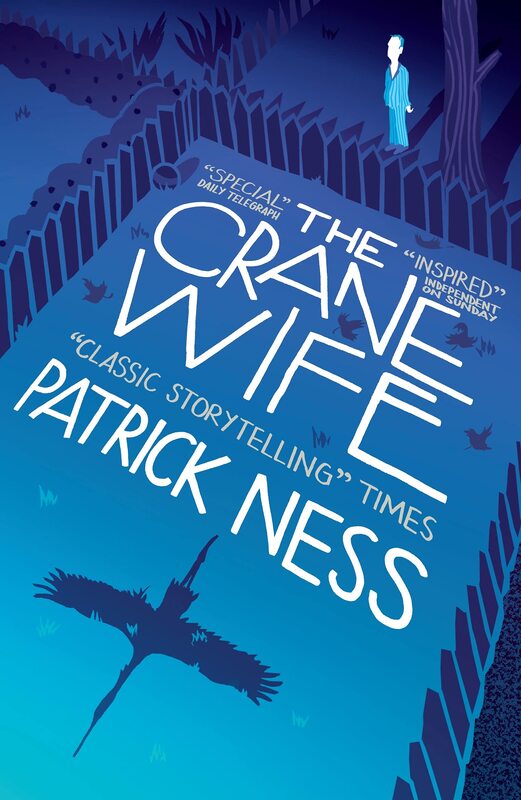Rather than chapters, the book is divided into five parts, and within each of those are short sections that switch point-of-view between the various characters. There are sections that are entirely dialogue, and others that, in a different font, tell the story that Kumiko is making in the tiles. This approach has benefits and drawbacks. It keeps the pace brisk and allows a range of styles, but makes the narrative seem choppy, with little space to linger on details. It works more than it doesn’t, though, and is interesting at the very least.
The characters are likeable and well-rounded. Notably, there are no real villains, with most of the conflict of the story coming from how the characters react to Kumiko. It’s a light read, but doesn’t shy away from difficult things when they come up. Ness can certainly write, crafting poetic prose that just about manages to stay on the right side of being overwrought. He creates a strong sense of myth and mystery that contrasts well with the mundane setting. My favourite part was the story of Kumiko’s tiles, a story-within-a-story that reveals some of Kumiko’s past while being a powerful and tragic fable in its own right.
Ness recounts in the acknowledgements section how he was first told the story of the crane wife by his Japanese-American kindergarten teacher when he was 5. Later in life, he heard the album The Crane Wife by The Decemberists (who he calls ‘the greatest band in the world’), which in turn inspired the novel. The two inspirations come together in the way he fuses together a childlike wonder at storytelling with the realities of the adult world. It’s a potent mix, elevated by the spirit of kindness and compassion that resides at the heart of Ness’s work. While it may not be perfect, it’s definitely worth reading.
Review by Charlie Alcock

 RSS Feed
RSS Feed
